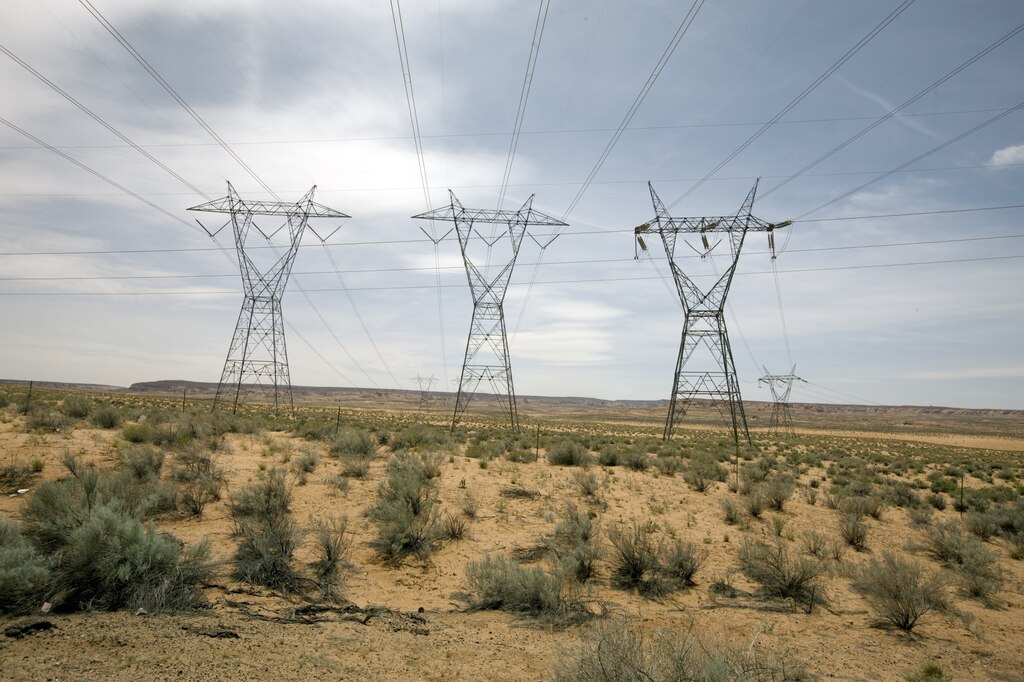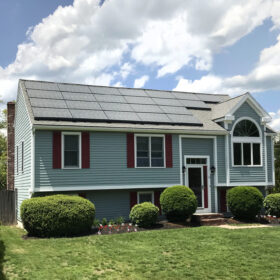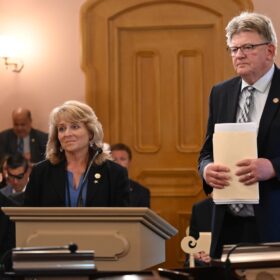The think tank RMI has recommended sixteen solutions that state utility regulators could implement to control customer electric bills, in the report “A strategic framework for utility cost control.”
Among them are several solutions, both well-known and lesser-known, that would guide utilities to incorporate more cost-saving solar, wind and storage.
One well-known approach is demand flexibility, which can lower both grid investment costs and customer costs, while reducing renewables curtailment and helping balance renewable generation.
Another is advanced conductors, which can quickly increase transmission capacity, enabling interconnection of more large-scale renewables without the need for new transmission corridors.
A third is increased utilization of distributed solar and storage. Many existing distributed resources “are not being fully leveraged” to contain utility costs, the report says, recommending that state regulators support their use through virtual power plants.
Lesser-known approaches
The solutions also include lesser-known approaches that would benefit solar and control the cost of electricity.
One of those approaches would control electric bills when natural gas prices rise, by assigning to utility shareholders a portion of the cost increase. By “exposing the utility’s shareholders to some of the risk of fuel-cost volatility,” the report says, this approach can “give the utility a reason to work harder to manage its fuel costs,” including by relying more on renewable resources that do not consume fuel.
Under another approach, regulators would “consider asset-stranding risk” when utilities propose new gas plants. A gas plant that “appears cost-effective” on the basis of a 45-year service life “may prove to be a poor investment if it is retired after 20 years to meet state climate goals.” By considering stranding risk prior to approving a project, regulators can “help prevent wasteful spending and avoid saddling future ratepayers with unnecessary costs.”
The paper also advocates for “ratepayer-backed securitization,” for example when renewables replace a coal plant. While “renewables have become a cheaper source of electricity than coal,” the report says, retiring a coal plant before the end of its planned lifetime “generally means customers are expected to pay for the accelerated recovery of the undepreciated plant balance just as the bill impact of renewable replacements is likely to be greatest.” Ratepayer-backed securitization can be used to refinance the coal plant’s remaining balance at a low interest rate, using a state-issued bond, and retiring the coal plant ahead of the original schedule.
This content is protected by copyright and may not be reused. If you want to cooperate with us and would like to reuse some of our content, please contact: editors@pv-magazine.com.








By submitting this form you agree to pv magazine using your data for the purposes of publishing your comment.
Your personal data will only be disclosed or otherwise transmitted to third parties for the purposes of spam filtering or if this is necessary for technical maintenance of the website. Any other transfer to third parties will not take place unless this is justified on the basis of applicable data protection regulations or if pv magazine is legally obliged to do so.
You may revoke this consent at any time with effect for the future, in which case your personal data will be deleted immediately. Otherwise, your data will be deleted if pv magazine has processed your request or the purpose of data storage is fulfilled.
Further information on data privacy can be found in our Data Protection Policy.